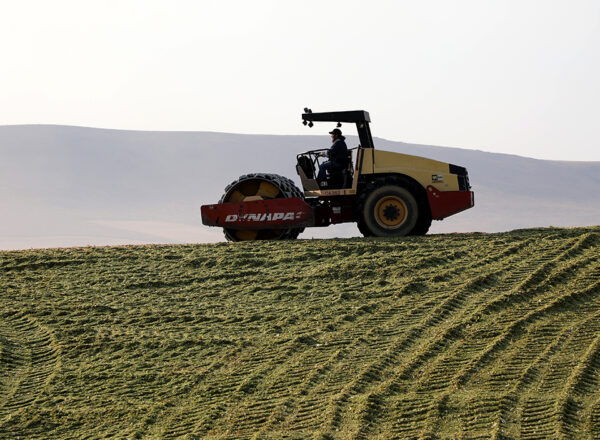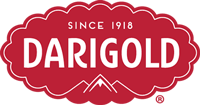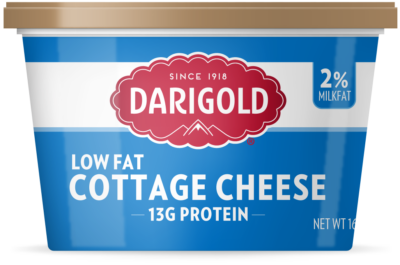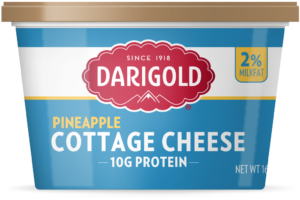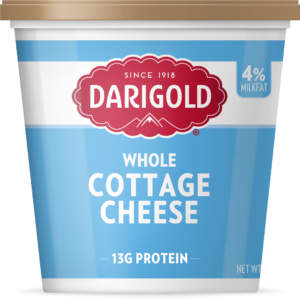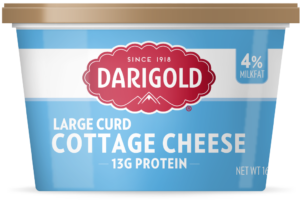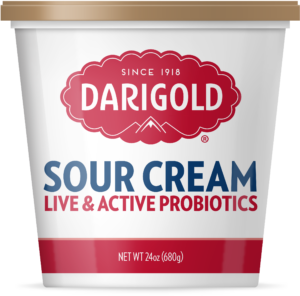Low Fat Cottage Cheese | 16oz
High quality, small curd cottage cheese made from Darigold milk. It’s low fat and packed with 13g of protein. This cottage cheese is filling and nutritious.
Locally sourced from Northwest farmers who care. Never from cows treated with the artificial growth hormone rbST.
-
Quick Details
-
- Small Curd
- Packed with 13 Grams of Protein Per Serving
- Delicious and Filling
- Gluten Free
- Kosher Certified
- rbST Free*
- Grade A Milk
*From cows not treated with the artificial growth hormone rbST. According to the FDA, no significant difference has been shown between milk derived from rbST treated cows and non-rbST treated cows.
-
Nutrition Facts
-
Nutrition Facts
- about 4 servings
- per container
- Serving size
- 1/2 cup (113g)
- Amount per serving Calories
- 100
Amount/Serving % Daily Value- Total Fat
- 3g
- 4%
- Saturated Fat
- 2g
- 10%
- Trans Fat
- 0g
- Cholesterol
- 15mg
- 5%
- Sodium
- 450mg
- 20%
Amount/Serving % Daily Value- Total Carbohydrate
- 5g
- 2%
- Dietary Fiber
- 0g
- 0%
- Total Sugars
- 4g
- Includes
- 0g Added Sugars
- 0%
- Protein
- 13g
- 25%
- Vitamin D
- 0mcg
- 0%
- Calcium
- 104mg
- 8%
- Iron
- 0mg
- 0%
- Potassium
- 158mg
- 4%
- Vitamin A
- 62mcg
- 6%
* The % Daily Value (DV) tells you how much a nutrient in a serving of food contributes to a daily diet. 2,000 calories a day is used for general nutrition advice.
-
Ingredients
-
CULTURED NONFAT MILK, MILK, WHEY, SALT, GUAR GUM*, CITRIC ACID, CARRAGEENAN*, CAROB GUM*, NATURAL FLAVOR, VITAMIN A PALMITATE, ENZYMES, CARBON DIOXIDE (TO HELP PROTECT FLAVOR)
(*derived from plants)
You May Also Like
Reducing Our Collective Impact
